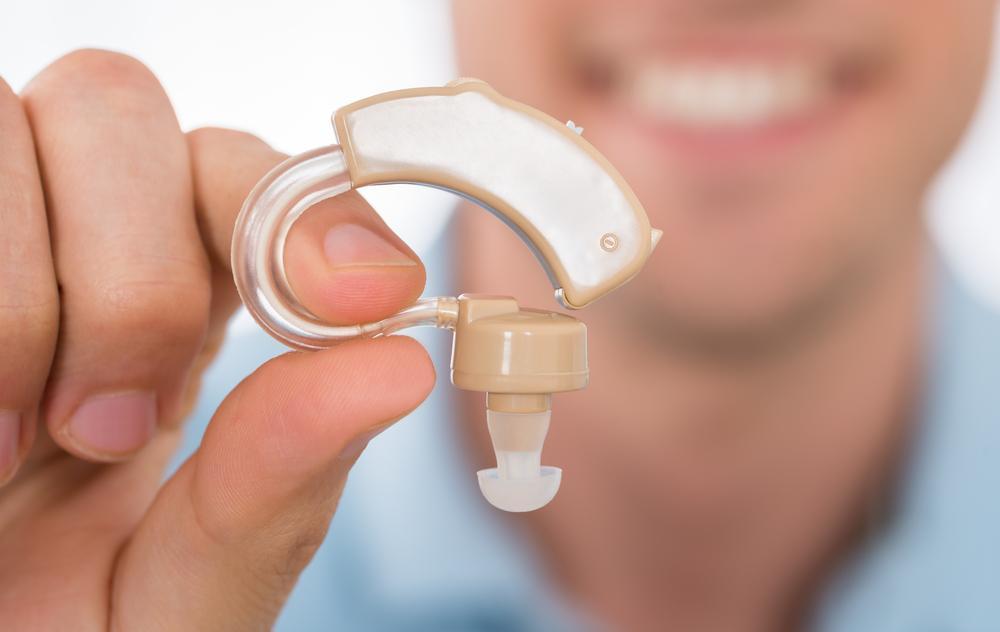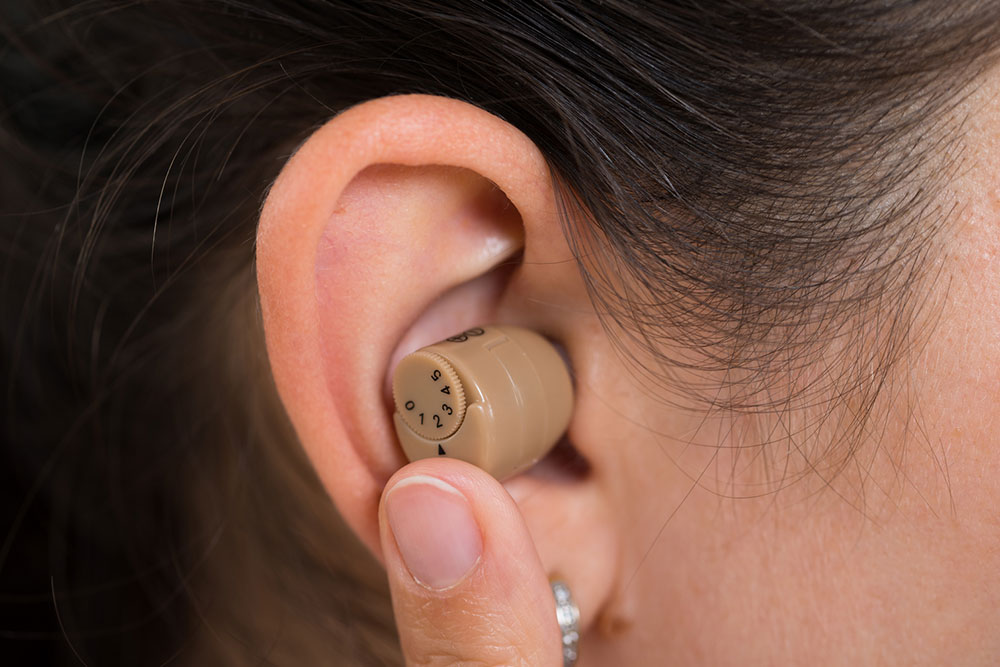Comprehensive Guide to Hearing Aid Brands, Features, and Price Estimates
This comprehensive guide explores top hearing aid brands, their technological features, and price ranges. It covers design options, key functionalities like feedback suppression and wireless connectivity, and offers advice on choosing the right device based on individual needs and budgets. Perfect for those considering hearing aids, this article helps readers make informed decisions to enhance their auditory experience and overall quality of life.

In-Depth Insights into Leading Hearing Aid Brands and Cost Considerations
Hearing aids are essential assistive devices designed to improve the quality of life for individuals with hearing loss. They enable users to reconnect with the sounds of everyday life, facilitating better communication, social interaction, and overall well-being. Selecting the right hearing aid involves understanding various brands, their technological offerings, and the associated costs. With advancements in hearing technology, today's devices are more sophisticated, discreet, and customizable to meet individual needs. Whether you're considering your first purchase or upgrading an existing device, understanding the landscape of hearing aid options is crucial for making informed decisions.
The market features a diverse range of hearing aid manufacturers, each offering different models equipped with innovative features suited for various levels of hearing impairment and lifestyle preferences. This comprehensive guide explores the top brands, their technological innovations, design options, and typical pricing to help you navigate this complex market confidently.
ReSound
Founded in Denmark in 1943, ReSound has established itself as a pioneer in hearing aid technology. Known for its emphasis on innovation, ReSound introduced critical features like Wide Dynamic Range Compression, open-standard digital chips, and Digital Feedback Suppression, which collectively ensure users experience a natural and clear soundscape. Their devices are designed to minimize feedback and whistling, providing comfort and confidence in various listening environments. ReSound continues to push the boundaries of auditory technology, offering solutions that cater to both mild and profound hearing losses, with a focus on enhancing listening comfort and sound quality.
ReSound’s reputation is built on its cutting-edge technology that improves speech clarity and reduces listening fatigue. Their innovative design emphasizes natural sound reproduction, making everyday conversations more comfortable and effortless. The emphasis on wireless connectivity and smart features in ReSound devices caters to tech-savvy users seeking seamless integration with smartphones and other smart devices.
Phonak
Phonak, an internationally recognized leader in hearing solutions, has been at the forefront of innovation since its inception. They are renowned for features such as Sound Recover, which enhances high-frequency sounds, and the Belong platform, which significantly improves speech understanding—by up to 20%. Their rechargeable B-R series offers an impressive runtime of up to 24 hours on a single charge, making them highly convenient for active users. Phonak's devices combine advanced technology with user-friendly controls, providing exceptional sound clarity in diverse environments, including noisy settings. Their commitment to creating hearing aids that cater to different lifestyles makes them a top choice among audiologists and users alike.
Signia
Manufactured under Sivantos, Signia has built a reputation for developing robust and technologically advanced hearing aids. The Primax platform is one of their flagship offerings, designed to enhance speech recognition, especially in challenging listening environments such as busy restaurants or social gatherings. Signia’s devices incorporate multiple technological levels that can be tailored based on individual needs and budgets. Features like multi-mic processing, adaptive noise reduction, and wireless streaming make Signia a popular choice for those seeking high performance combined with versatility.
Oticon
Based in Denmark, Oticon has a long-standing legacy of delivering premium sound quality and innovative hearing solutions. Their Velox platform underpins many of their current models, including the Oticon OPN series, which offers internet connectivity and advanced features to improve the user experience. Oticon devices are praised for their natural sound processing capabilities and are designed to minimize listening effort, making them suitable for prolonged use. Their focus on connectivity and data-driven adjustments ensures users benefit from continuous improvements in hearing clarity and comfort.
Starkey
Starkey, a U.S.-based company founded in 1967 in Minnesota, has consistently been at the forefront of hearing aid innovation. They pioneered in-the-canal and fully programmable invisible hearing aids, emphasizing discreet design and personalization. Starkey’s award-winning technology prioritizes user comfort, customization, and durability. Their devices utilize advanced digital processing to deliver clear sound quality and robust feedback elimination, catering to users who prefer discreet hearing solutions without sacrificing performance. Starkey’s commitment to research and development ensures they remain competitive by introducing cutting-edge features regularly.
Key Features Common in Modern Hearing Aids
Feedback elimination systems to prevent whistling sounds
Multiple memory settings for different environments
Telecoil for compatibility with telephones and loop systems
Directional microphones to focus on speech in noisy environments
Wireless connectivity for streaming audio from various devices
Data logging to track usage patterns and optimize performance
Adjustable bands, channels, and other customizable settings
Major Hearing Aid Design Types
Completely-in-the-Canal (CIC): Small, discreet, fit deeply into the ear canal
Invisible-in-the-Canal (IIC): Nearly invisible, custom-molded to the ear canal
In-the-Canal (ITC): Inserted into the ear canal but more visible than CIC and IIC
In-the-Ear (ITE): Fits entirely inside the outer ear, easier to handle
Receiver-in-the-Canal (RIC): Combines receiver in the canal with a thin wire connecting to a behind-the-ear component
Behind-the-Ear (BTE): Traditional design where the device rests behind the ear with a tube connecting to an ear mold
Pricing Overview for Hearing Aids
The cost of hearing aids varies widely based on technology, brand, complexity, and features. Entry-level models may start around $500, whereas high-end devices with advanced features can cost several thousand dollars. Some typical price ranges include:
Widex Beyond 220 – approximately $1,299
Oticon OPN 3 – approximately $1,499
Signia NX 5Nx – approximately $1,599
Phonak Audeo B-R 90 – approximately $1,849
When selecting a hearing aid, it’s crucial to consult with a licensed audiologist. They can recommend the best model based on your hearing loss severity, lifestyle, and budget. Avoid making decisions based solely on flashy features; prioritize device quality, comfort, and reliability. Shopping around and comparing offers from multiple providers can help you find the most affordable options without compromising on performance.





